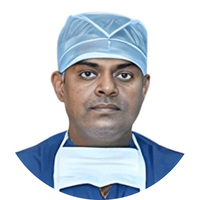You may have experienced cramps in your leg while playing a sport or running, or sometimes even out of nowhere like while sitting or lying down. Most of the time those cramps occur at the back of the lower leg, or the calf muscles.
Although a common phenomenon, most people choose to ignore the overall health of their legs and feet, especially in the gym or while working out (skipping leg day in common speak). Some of the largest muscles in the body are in the legs, and keeping an eye on the condition of our legs is essential towards maintaining a healthy body.
Largely considered to be a collection of two major muscles called gastrocnemius and soleus, the calf is actually a collection of three muscles, which is why it is termed the triceps surae, Latin for the three-headed calf. The third muscle that completes the calf is the plantar muscle. All three attach to the Achilles tendon.
If you try to walk on your tiptoes, you will feel the pressure on your calves. Calf muscles are also pretty much in constant use when you walk, as you can’t bend the knee without engaging them.
Knee flexion happens as a result of the gastrocnemius muscle in the calf and the hamstring muscles in the thigh working in unison. The extension of the foot (plantar flexion) is made possible by the calf muscles as well.

 Doctors for Calf strain
Doctors for Calf strain 


































